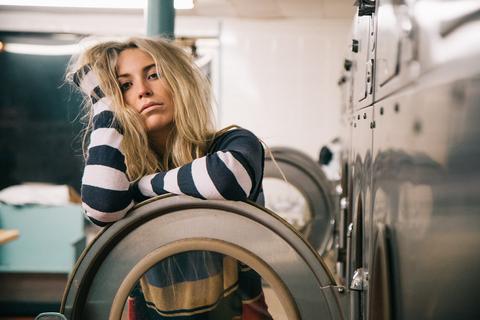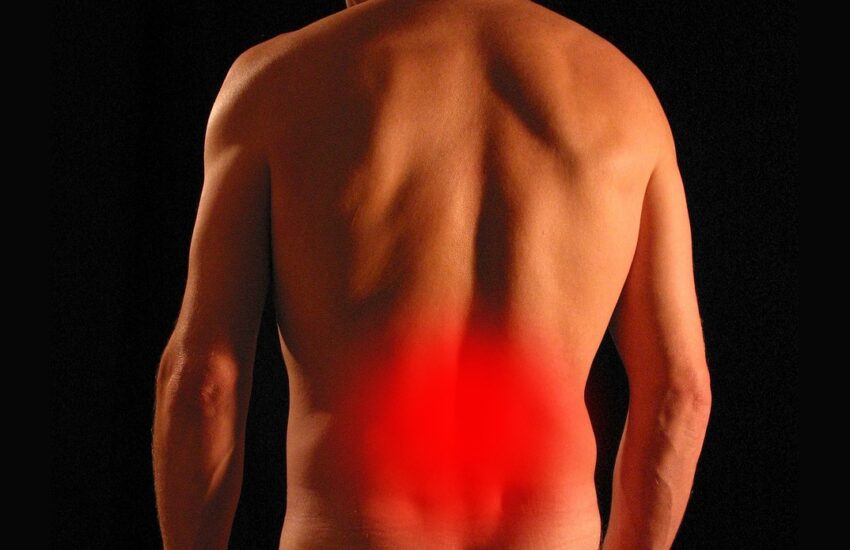Dryer Sheets – A Hidden Health Problem?
I’m sure over the past few years you’ve come to realize many of the household cleaners and personal beauty products we sometimes use aren’t as safe as they might seem.
While a cuddly bear on the front of your dryer sheets might make them look innocent, the truth is those clever marketing ploys are masking the use of harmful chemicals.
When companies first started using these chemicals, they had no idea how harmful they might be.
Now we have more than enough evidence to point out dangers associated with many of these products.
Over the weekend, I came across a particularly disturbing study.
In it, researchers were able to make a connection between the use of household cleaners containing a certain cleaning compound and pronounced birth defects.
And while the study wasn’t conducted in humans, the extrapolation can certainlycompounds,” or “quats” affected the fetal development of mice and rats.
be made that the results of the study could be extended to humans.
Researchers from the Edward Via College of Osteopathic Medicine (VCOM) and the Virginia-Maryland College of Veterinary Medicine at Virginia Tech wanted to see how common household chemicals known as “quaternary ammonium
Quats are typically used in things like laundry detergent and dryer sheets along with general purpose household cleaners because they have anti-static and antimicrobial properties.
Studying two specific quats known as alkyldimethylbenzyl ammonium chloride (ADBAC) and didecyldimethyl ammonium chloride (DDAC), they subjected the mice and rats to these quats in a variety of circumstances.
According to their research:
“They received the substance in their food, as well as being exposed to it in the atmosphere.
The rodents were administered 60 or 120 milligrams of the substance per kilogram of body weight (mg/kg), daily, in their food, or 7.5, 15, or 30 mg/kg of body weight, administered by oral gavage – a precise method of oral dosing commonly used in rodent studies.
Finally, the rodents were also exposed to the quats ambiently, as the disinfectant was used in their room.”
After creating the environment for exposure to the chemicals, the researchers then took the pregnant subjects and analyzed the embryos to look for birth defects.
What they discovered was the more chemicals the rats and mice were exposed to, the higher the rate of birth defects the embryos were found to have.
In particular, they noted neural tube defects (NTDs – birth defects affecting the spinal cord, spine, and brain of the fetus) were found at increasingly proportional rates to “ambient exposure to the chemicals.”
One of the biggest takeaways was how exposing the males to the chemicals affected fetal development.
According to their study, all it takes is exposing the male to the chemicals to produce birth defects.
One of the study leads, Terry Hrubec, commented about this:
“The fact that birth defects could be seen when only the father was exposed means that we need to expand our scope of prenatal care to include the father […]. We also observed increased birth defects in rodents for two generations after stopping exposure.”
Their research raises some serious safety questions, especially because quats are found in most homes, hospitals, swimming pools and many businesses.
Hrubec wrote:
“Since rodent research is the gold standard in the biomedical sciences, this raises a big red flag that these chemicals may be toxic to humans as well,” she adds.
This research certainly opens up some big questions. Not only in terms of birth defects, but how quats might harm us in other ways…
The good news here is you don’t have to use quats in your home if you don’t want to. There are many alternative cleaning products you can purchase to reduce your exposure.
Do your research and make your decision from there.
Talk soon,
Dr. Wiggy
www.HealthAsItOughtToBe.com


